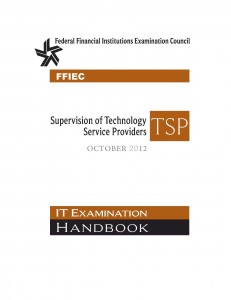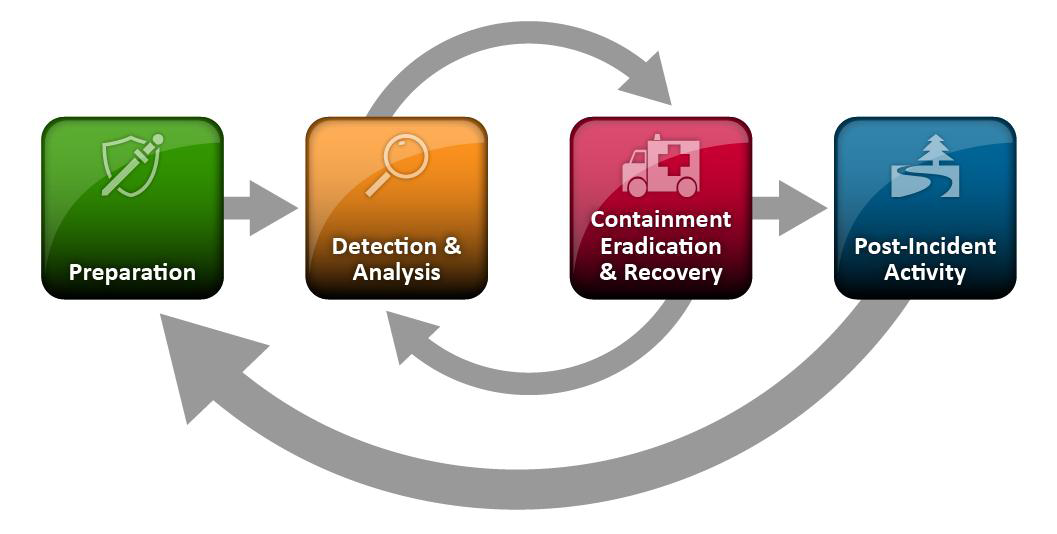Although it’s currently stuck in committee, financial institutions should be aware of this bill and track it closely in the next congressional session. There are actually 2 bills, a House (H.R. 3461) and a Senate (S. 2160) version, both containing similar provisions. The House bill has 192 sponsors and the Senate version has 14 sponsors, and both bills have supporters from both political parties. Here is a summary of the bill, and why you might want to support it as well:
What it does:
- Amends the Federal Financial Institutions Examination Council (FFIEC) Act of 1978 to require a federal financial institutions regulatory agency to make a final examination report to a financial institution within 60 days of the later of:
| (1) the exit interview for an examination of the institution, or | |
| (2) the provision of additional information by the institution relating to the examination. |
- Sets a deadline for the exit interview if a financial institution is not subject to a resident examiner program.
- Sets forth examination standards for financial institutions.
- Prohibits federal financial institutions regulatory agencies from requiring a well capitalized financial institution to raise additional capital in lieu of an action prohibited by the examination standards.
- Establishes in the Federal Financial Institutions Examination Council an Office of Examination Ombudsman. Grants a financial institution the right to appeal a material supervisory determination contained in a final report of examination.
- Requires the Ombudsman to determine the merits of the appeal on the record, after an opportunity for a hearing before an independent administrative law judge.
- Declares the decision by the Ombudsman on an appeal to:
| (1) be the final agency action, and | |
| (2) bind the agency whose supervisory determination was the subject of the appeal and the financial institution making the appeal. |
- Amends the Riegle Community Development and Regulatory Improvement Act of 1994 to require:
| (1) the Consumer Financial Protection Bureau (CFPB) to establish an independent intra-agency appellate process in connection with the regulatory appeals process; and | |
| (2) appropriate safeguards to protect an insured depository institution or insured credit union from retaliation by the CFPB, the National Credit Union Administration (NCUA) Board, or any other federal banking agency for exercising its rights. |
Why you should care:
In addition to the provisions for more expeditious exit interviews and final reports, the Bills provide for certain changes to “examination standards”. The standards pertain primarily to the non-accrual treatment of commercial loans and their effect on capital, and they also redefine “Material Supervisory Determination” as “any matter requiring attention by the institution’s management or board of directors”. These are all generally good things for financial institutions, but I think the most significant provisions (and the ones with the biggest positive impact) are the provisions that establish the Office of Examination Ombudsman within the FFIEC.
The current appeal process for contested examination findings was recently re-addressed by the FDIC here (and I reacted to it here). In summary, if you currently have a disagreement with the FDIC about any “material supervisory determination”, which includes anything that affects CAMELS ratings and IT ratings (the full list is here, search for “D. Determinations Subject to Appeal”) you must stay within the FDIC for resolution. And this includes the current Office of the Ombudsman, which is also a part of the FDIC.
The agency makes it clear that they believe the appeals process is “independent of the examination function and free of retribution or other retaliation”, but whether it is or isn’t, the fact that the process never leaves the FDIC deters many financial institutions from pursuing the appeals process in the first place. I believe moving the process to the FFIEC at least improves the perception of independence and objectivity, which may encourage more institutions to be more inclined to challenge examination findings. What are your thoughts?
[poll id=”6″]
Again, I encourage you to learn about these bills for yourself and take a position. To support the Senate bill, go HERE. To support the House bill, go HERE. And feel free to share this post. If enough people support it perhaps we’ll see some progress in the next congressional session!


